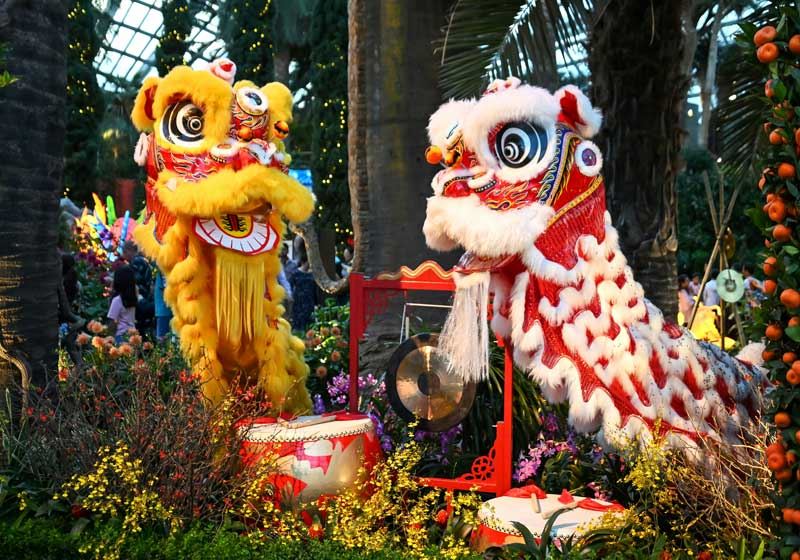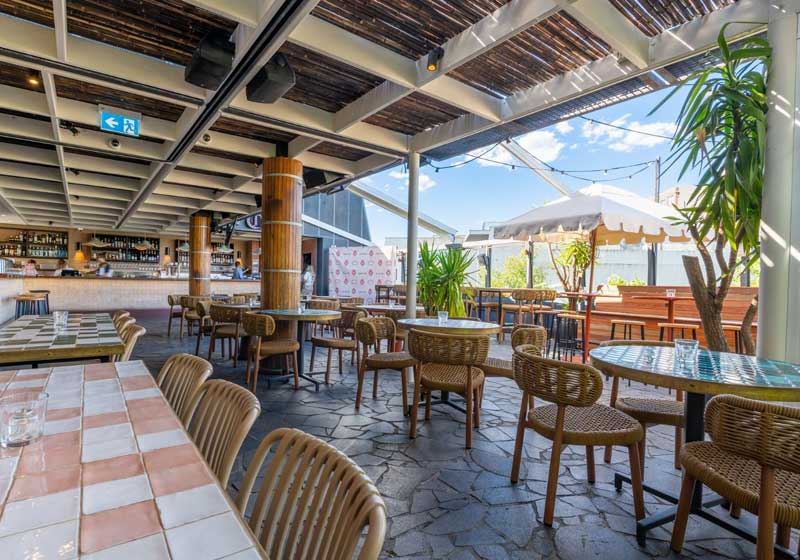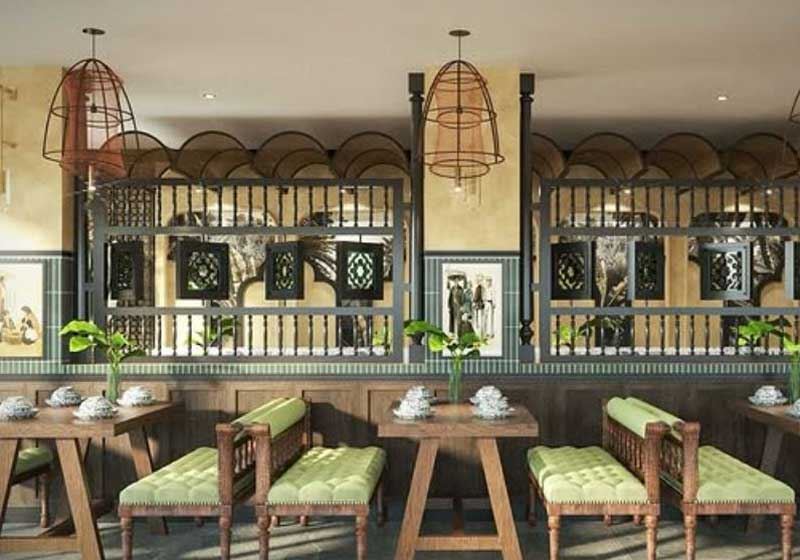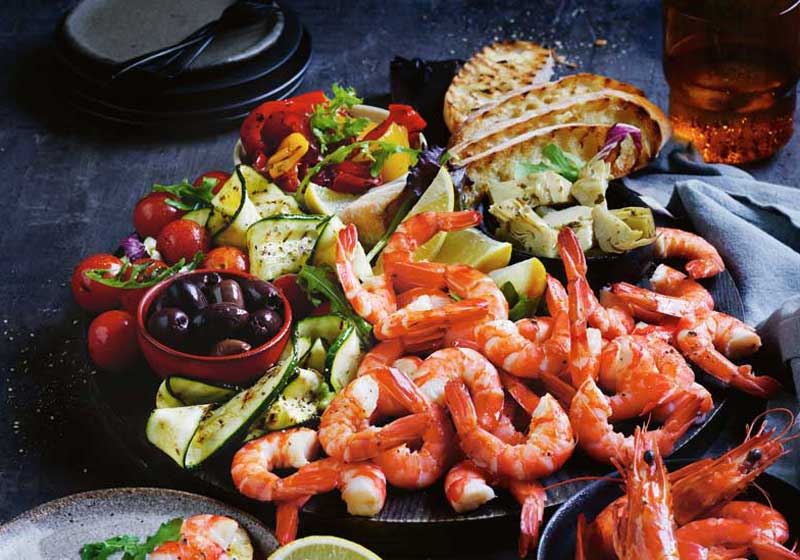By Laura Rancie.
As ‘Cooking with Fire’ week is underway we explore different ways in which cultures, countries and regions each have passed on traditions through generations of cooks. Be it the women, the Mamas, the Nonnas or the men, husbands, Chefs or chiefs…foraging, gathering, innovating and using precious resources around them to nourish and comfort those in their tribes, with open flames.
Read on for some absolutely mouth-watering ways to cook skewers, from across the globe:
Read on for some absolutely mouth-watering ways to cook skewers, from across the globe:
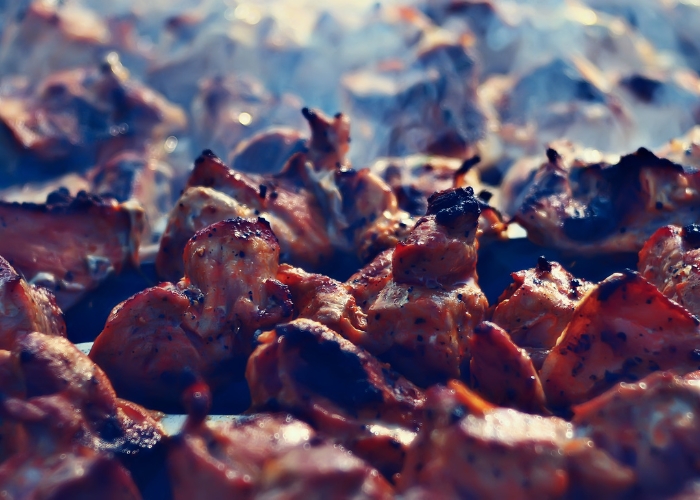
CHARCOAL SOUVLAKI IN GREECE:
In 1951 records show the first souvlakia (Greek plural for souvlaki) shop opened in a town 90 km Northwest of Athens. Today, souvlakis are the most popular street food in all of Greece but surprisingly lamb is definitely not on the traditional menu, favouring pork and chicken only, as lamb is served strictly for Easter.
The Greek word souvlaki actually means ‘on kebab’ and it is not until the skewer has been taken off the hot charcoal grill and placed into a pita that the stick is removed. The secret to a great souvlaki? Good quality sizzling charcoals and a red-hot fire. The art of the souvlaki lies in the regular turning of the pork skewer, over time, making it juicy and the charcoal lending its smokiness for depth of flavour.
This is Greek street food at its best – using time-tested charcoal cooking! Served on pita, taken off skewer as it goes on, bedded with tzatziki, sprinkled with salt and pepper, tomato, onion, paprika. As they say in Greek, Nostimo!

SIZZLING SOUTH EAST ASIAN SATAY:
Satay was originally developed from the Indian kebab, brought over by Muslim traders. Slightly sweet with beautifully burned bits of chicken as the flame keeps in the juices and the charcoals hold the flavour. It is in Southeast Asia on every corner, courtyard and laneway that you will find street vendors cooking over open flames.
While Malaysia and Thailand will try to claim satay skewers as their own, it’s actually Java, Indonesia which can take the win. One of the world’s most popular street foods, in Indonesia they are cooked fast with herbs and spices such as coriander, turmeric, chopped lemongrass, garlic, ginger, salt and pepper with kecap manis.
The Malaysian version is blended with shallots, lemongrass, garlic and ginger with an overnight marinade. In Thailand, coconut milk is added to the blend and even fish sauce. What they all have in common, amongst countless other variations is the way they are best cooked – over a hot charcoal fire.
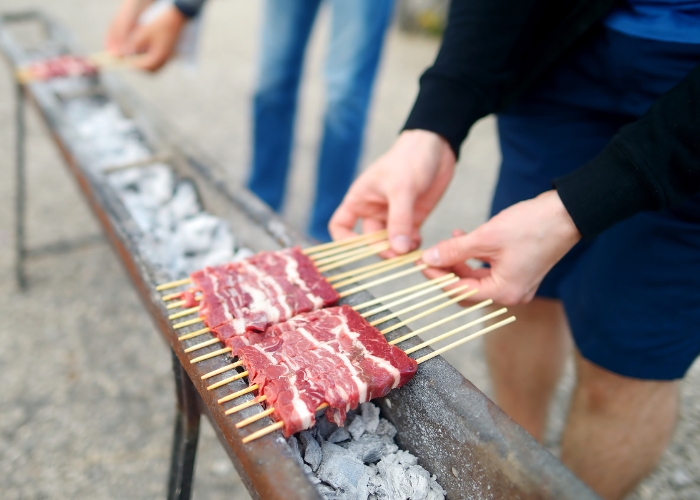
ARROSTICINI IN SOUTHERN ITALY:
Abruzzo is a large but sometimes overlooked region of southern Italy, covered with national parks and rugged landscapes. It is here that the famous char-grilled Italian street food of arrosticini comes from. These Italian sheep skewers must be cooked with charcoals in a formacella which is fundamentally an Italian barbecue or grill.
Arrosticini is only cooked this way, not in an oven and not on a Weber, in Abruzzo. Once the charcoals have turned white, the lamb skewers are placed side by side all along the length of the formacella and flipped once with only a light sprinkle of il sale (fine salt). In this part of Italy, no other seasoning is needed as they say ‘the sheep did the job for you’ in terms of flavour. Once the meat has been slightly caramelized, they are ready. Mangiare!
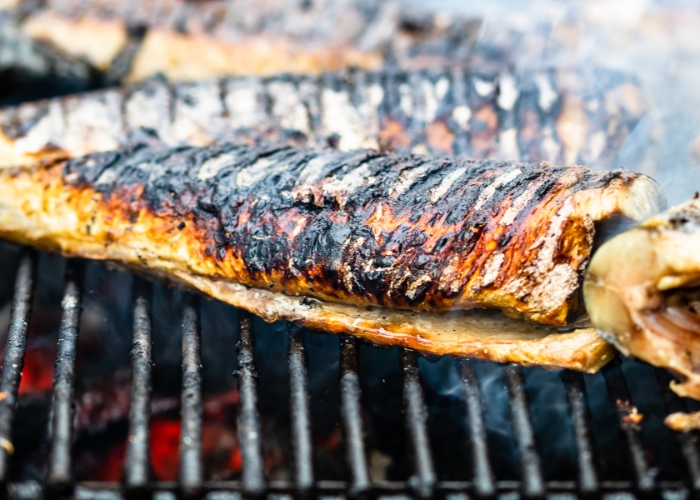
ZARANDEADO: A MEXICAN TRADITION:
The smell of burning wood and the freshness of the sea bass is a scent and flavour you will not soon forget and one that must be mentioned among charcoal cooking. Deriving from Mexico, zarandeado is a 500-year-old fish recipe cooked in a wood-fired brick oven and let to marinate slowly so it can absorb the wonderful woody flavours. This ancient method of cooking originates in Nayarit, Mexico where the fish is often split in half from head to tail before being grilled over the piping hot coals of the wood-fired oven. Buen provecho!


